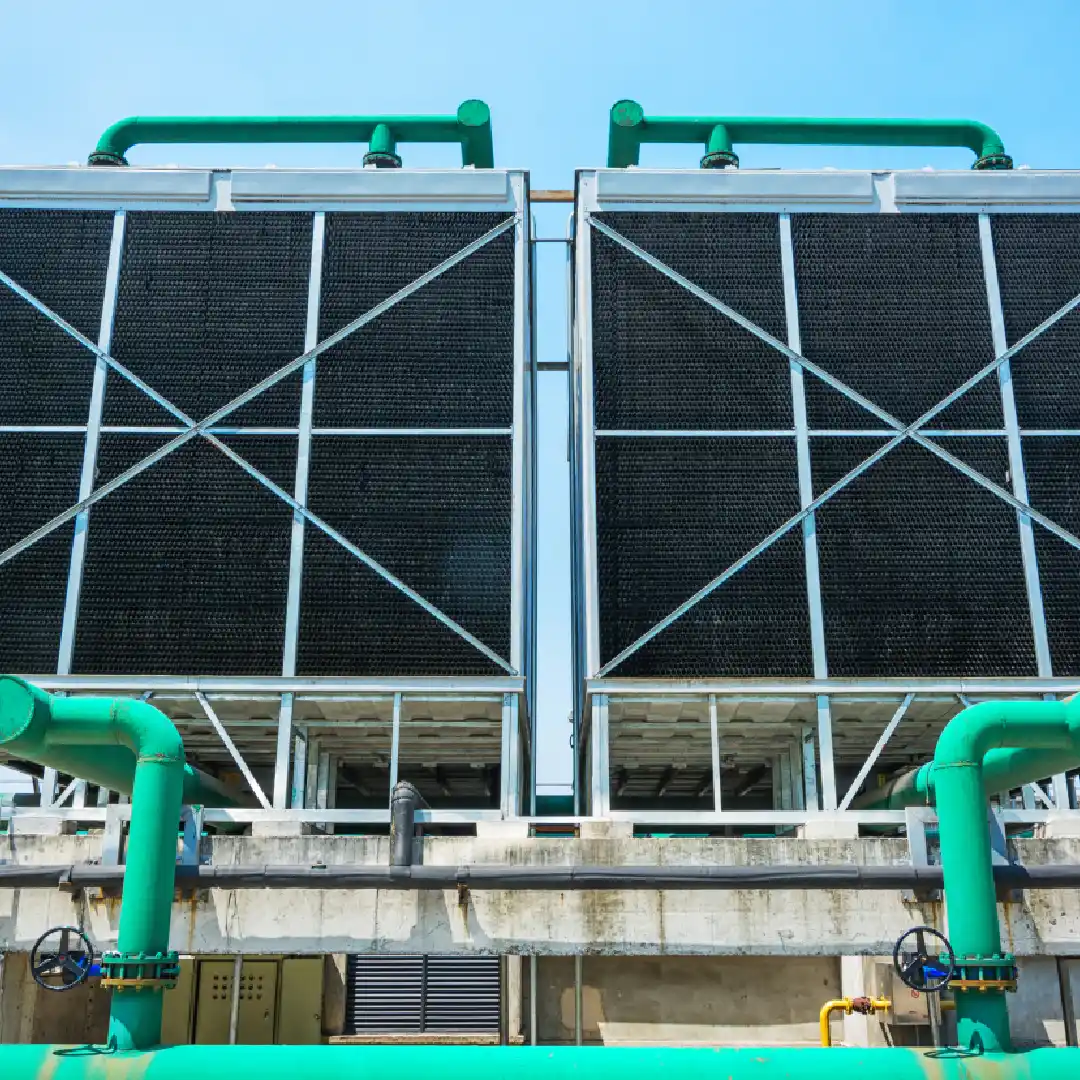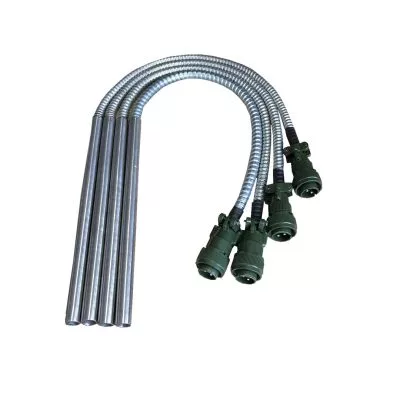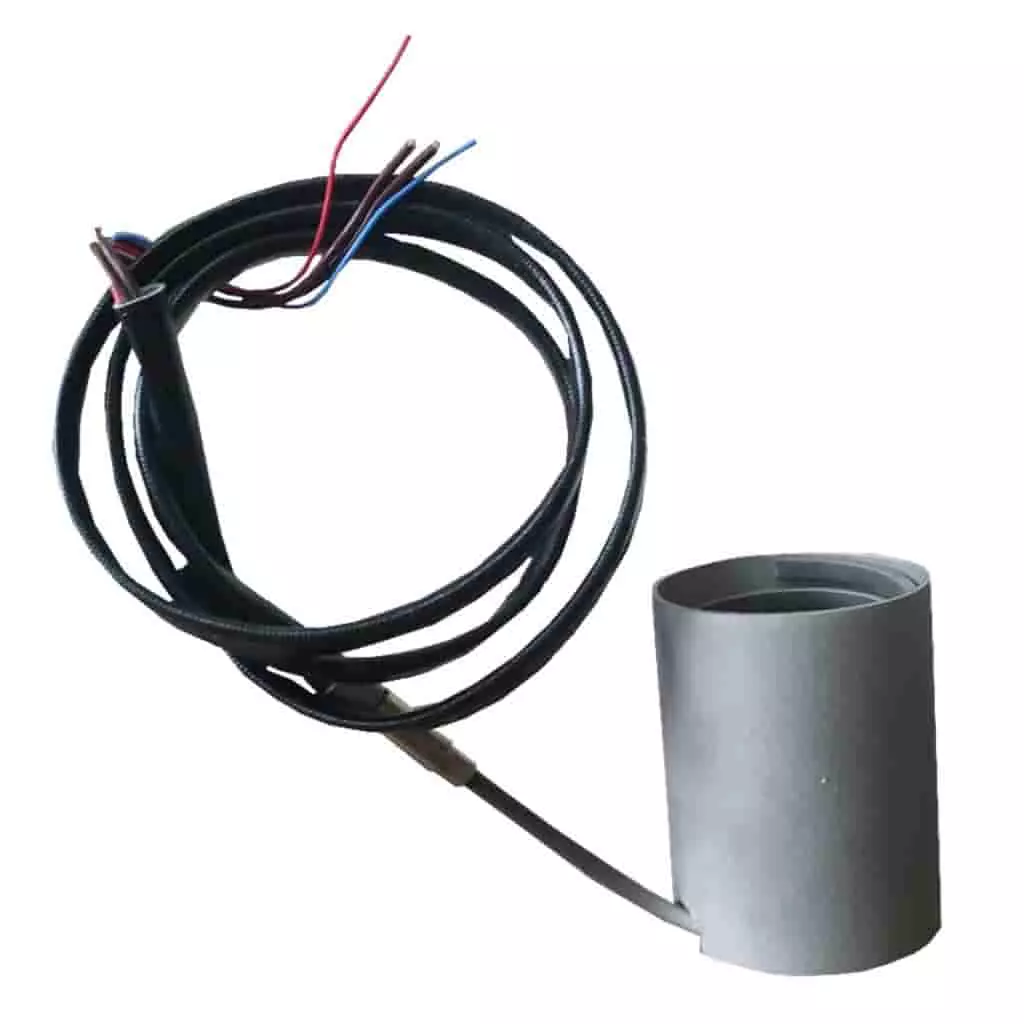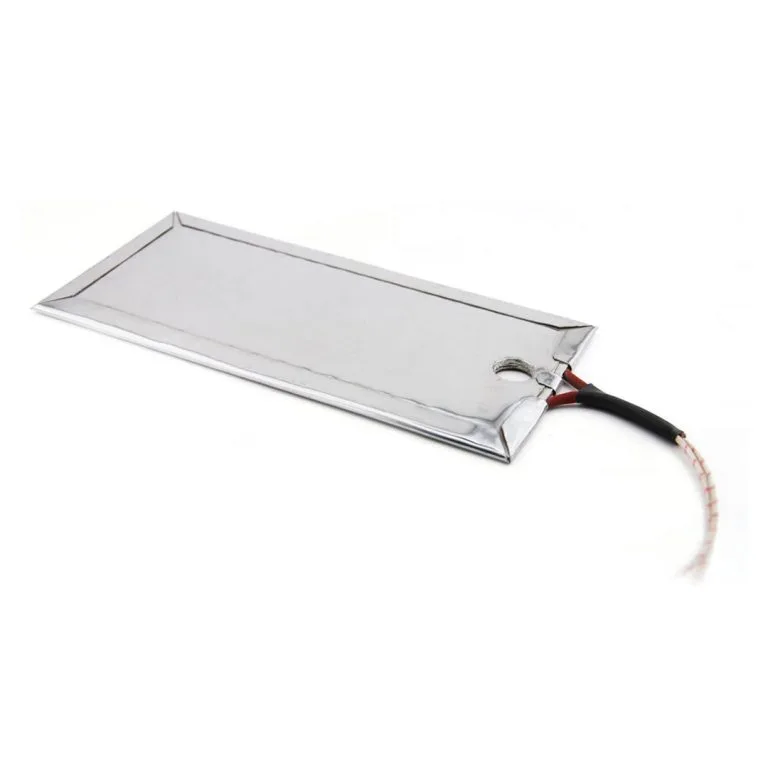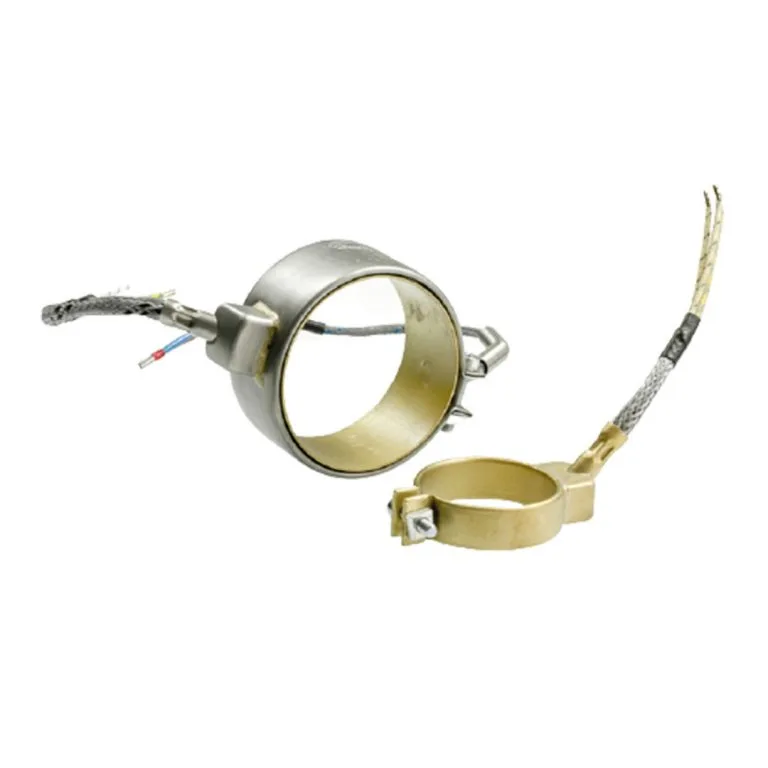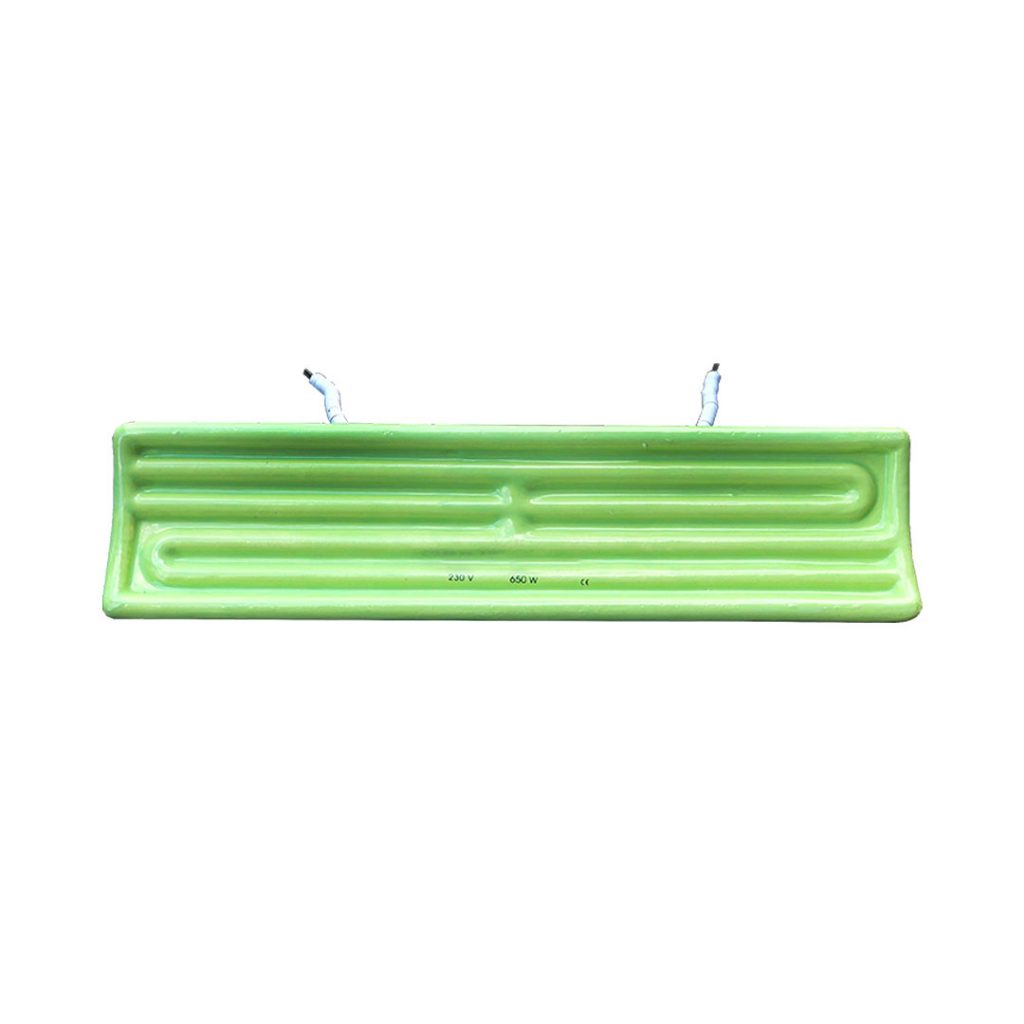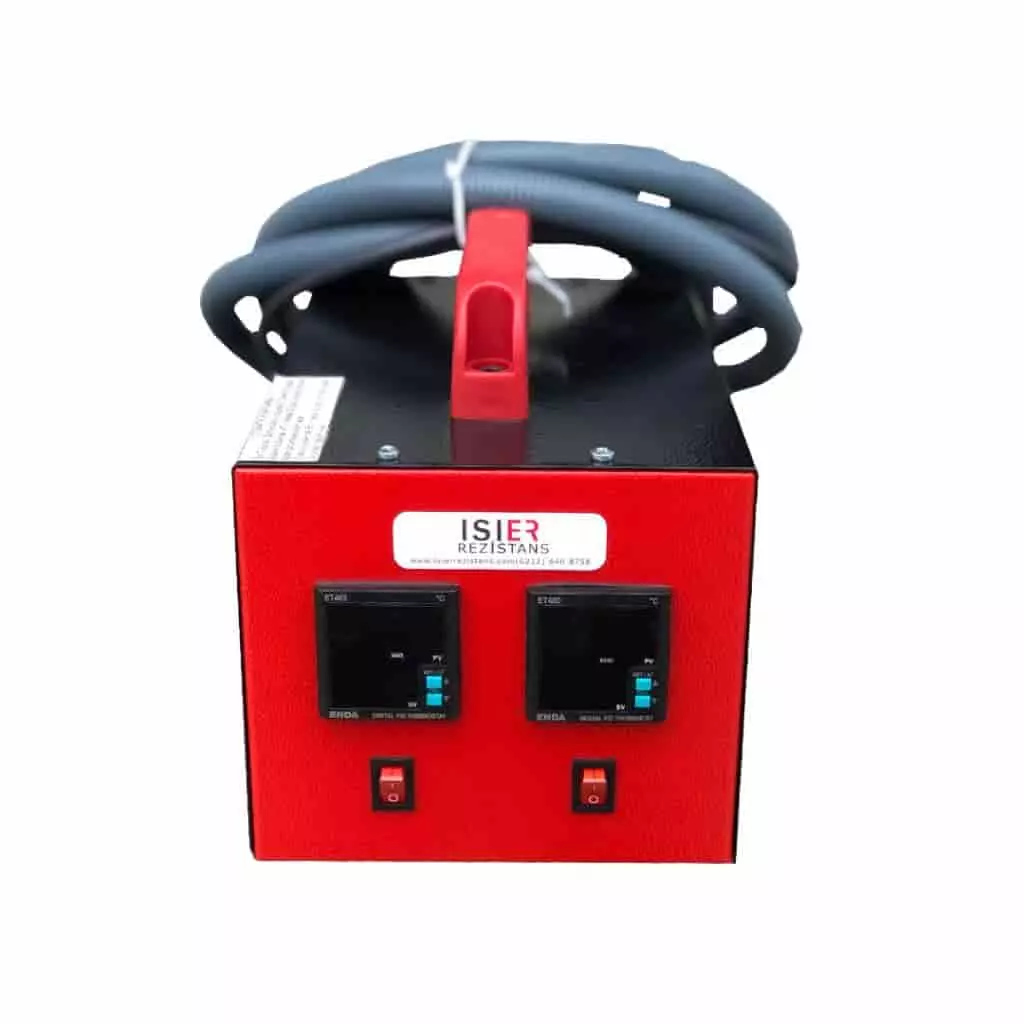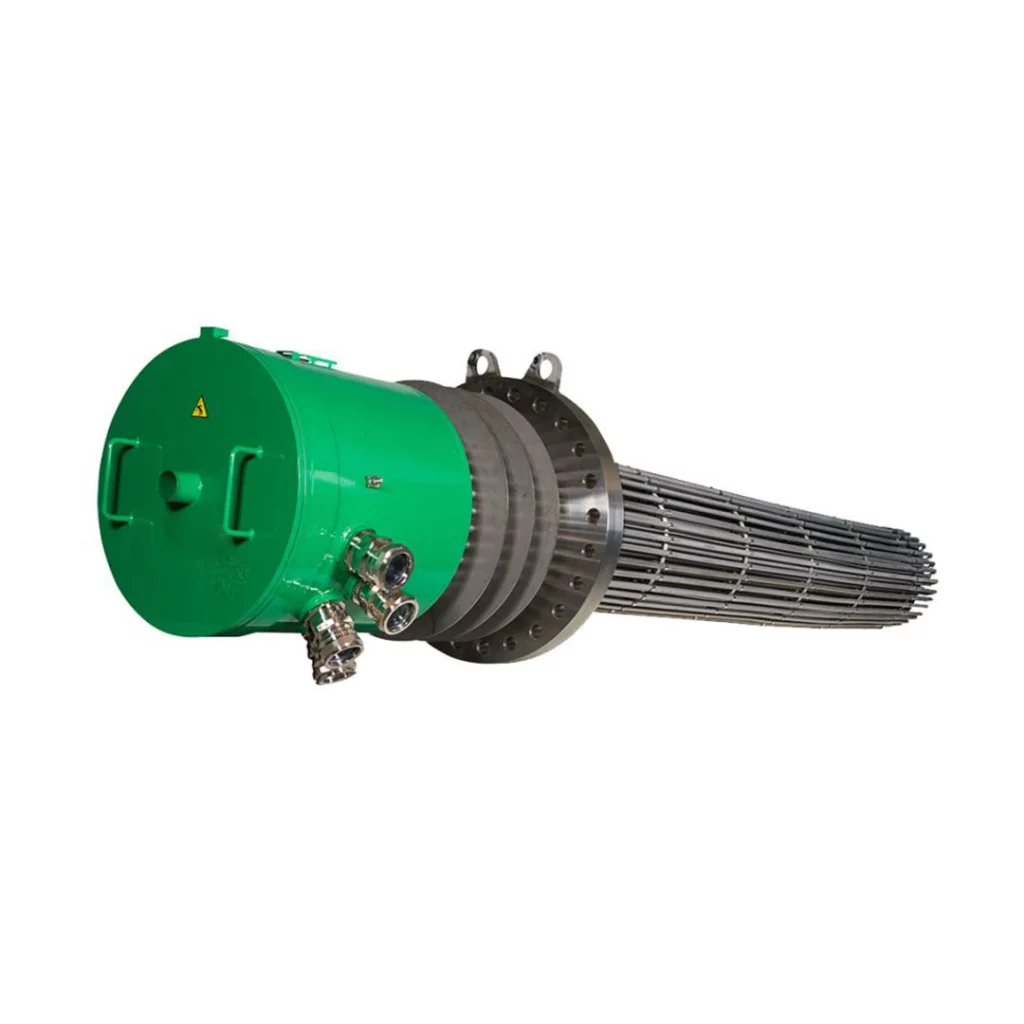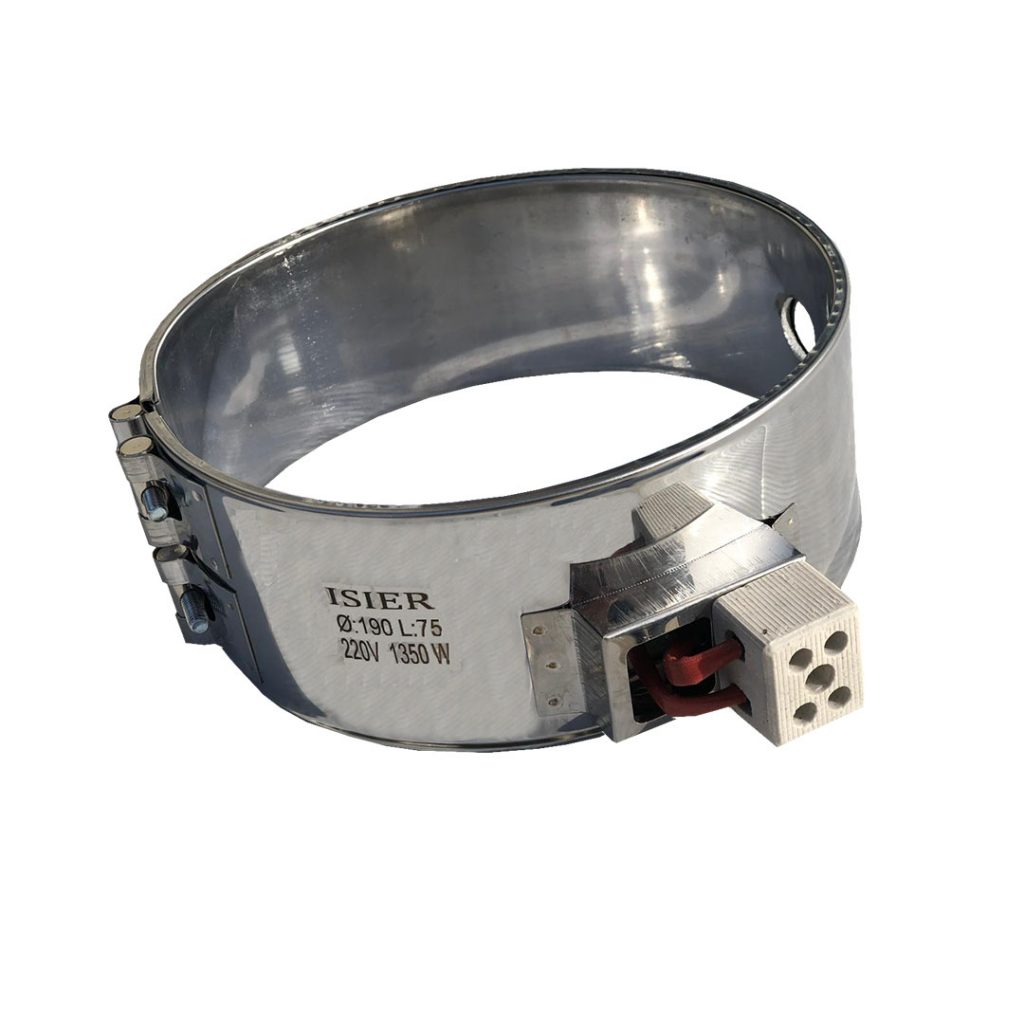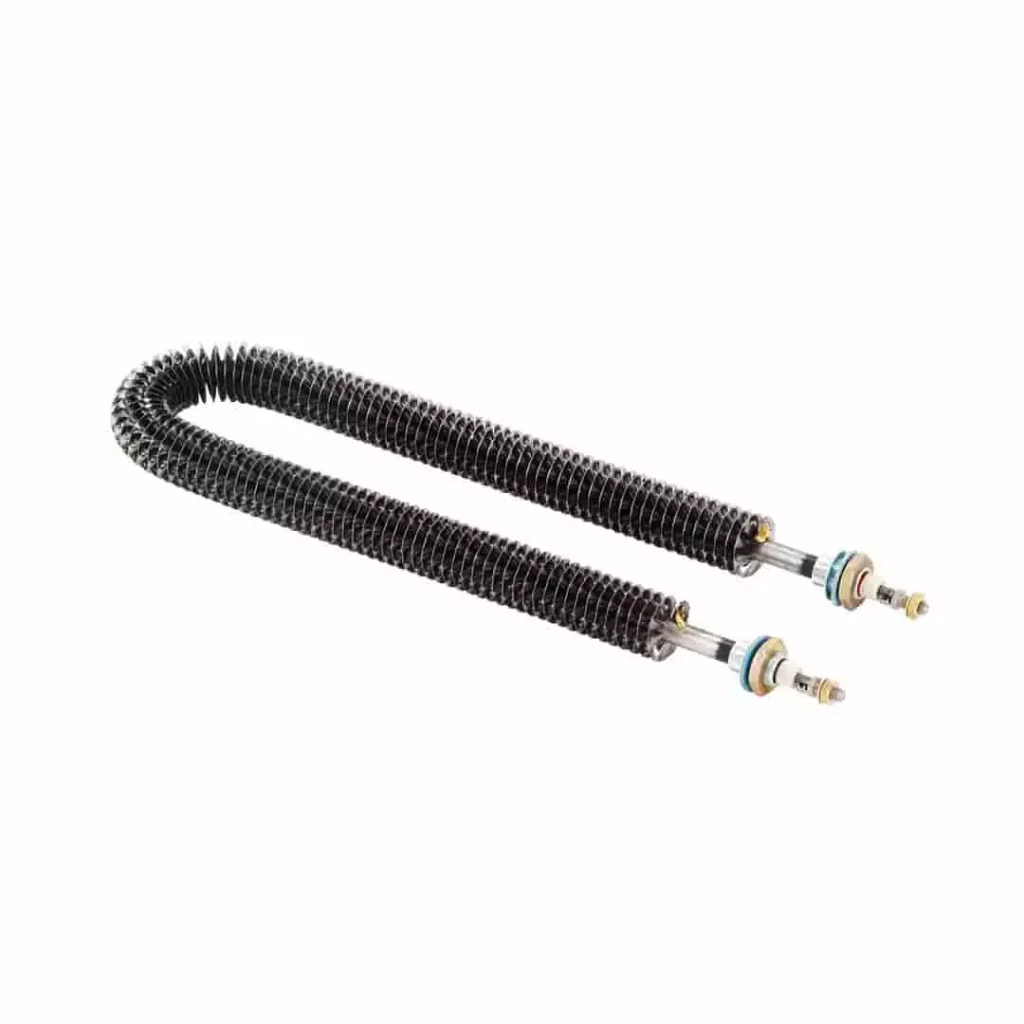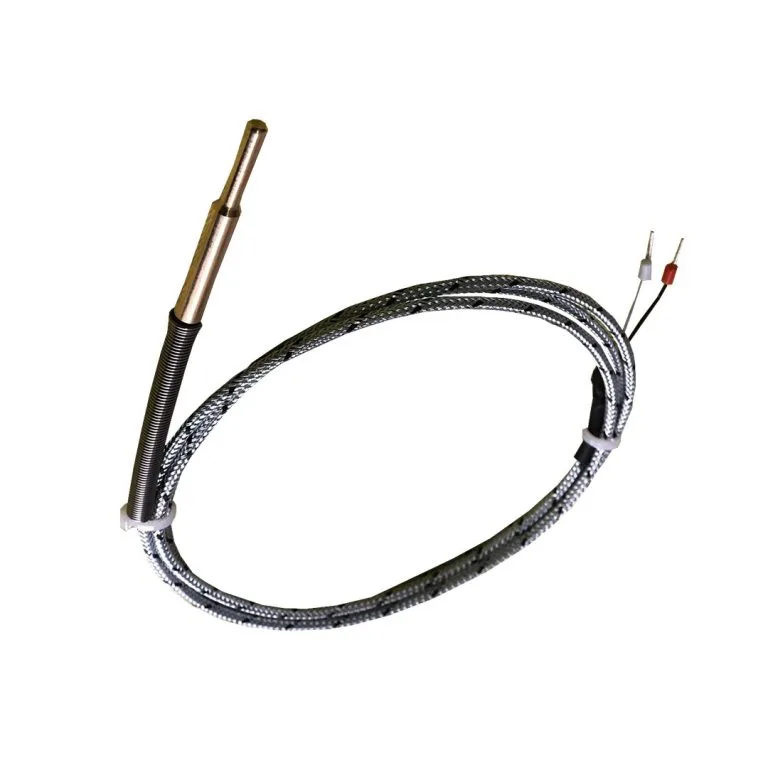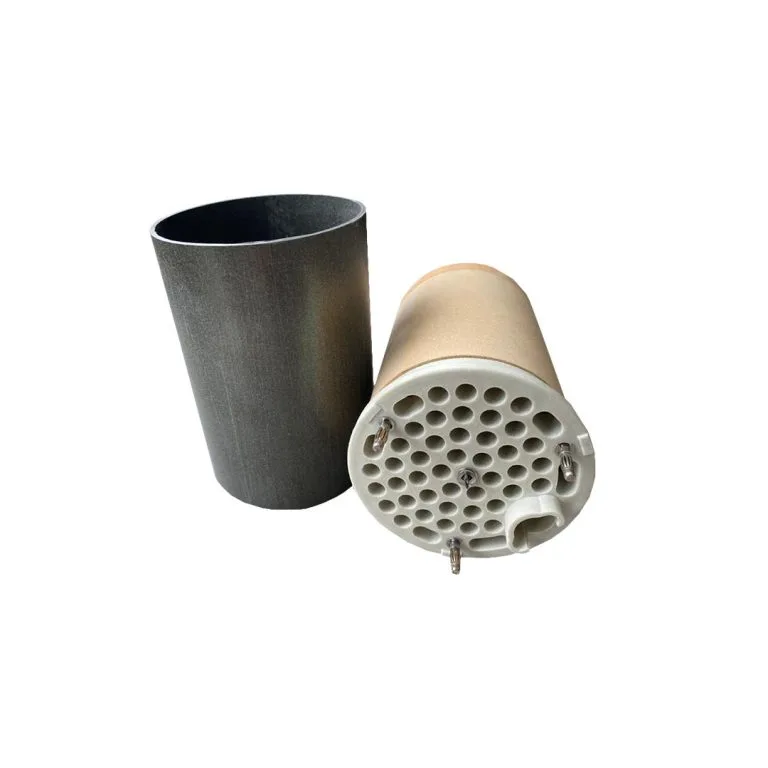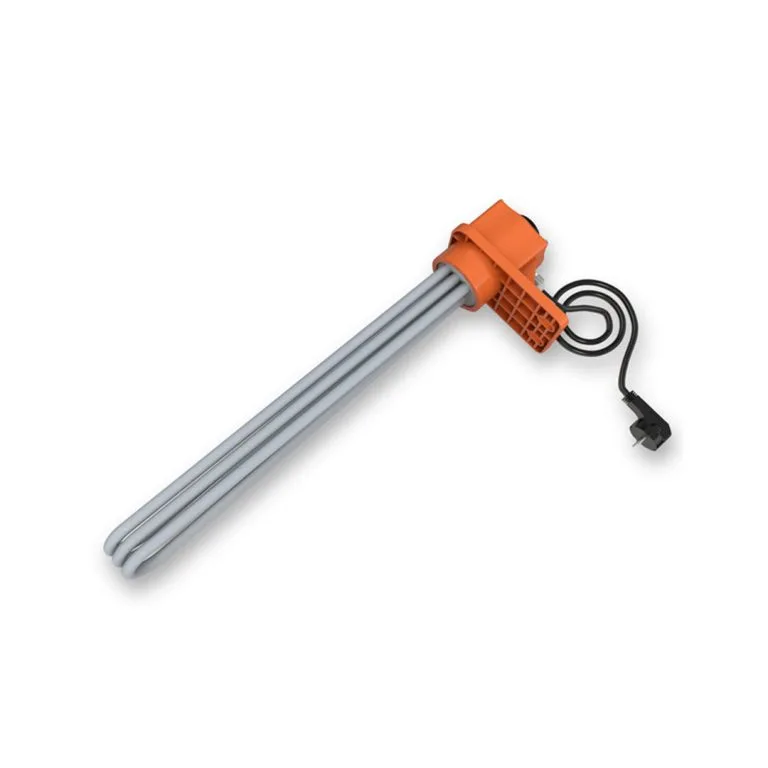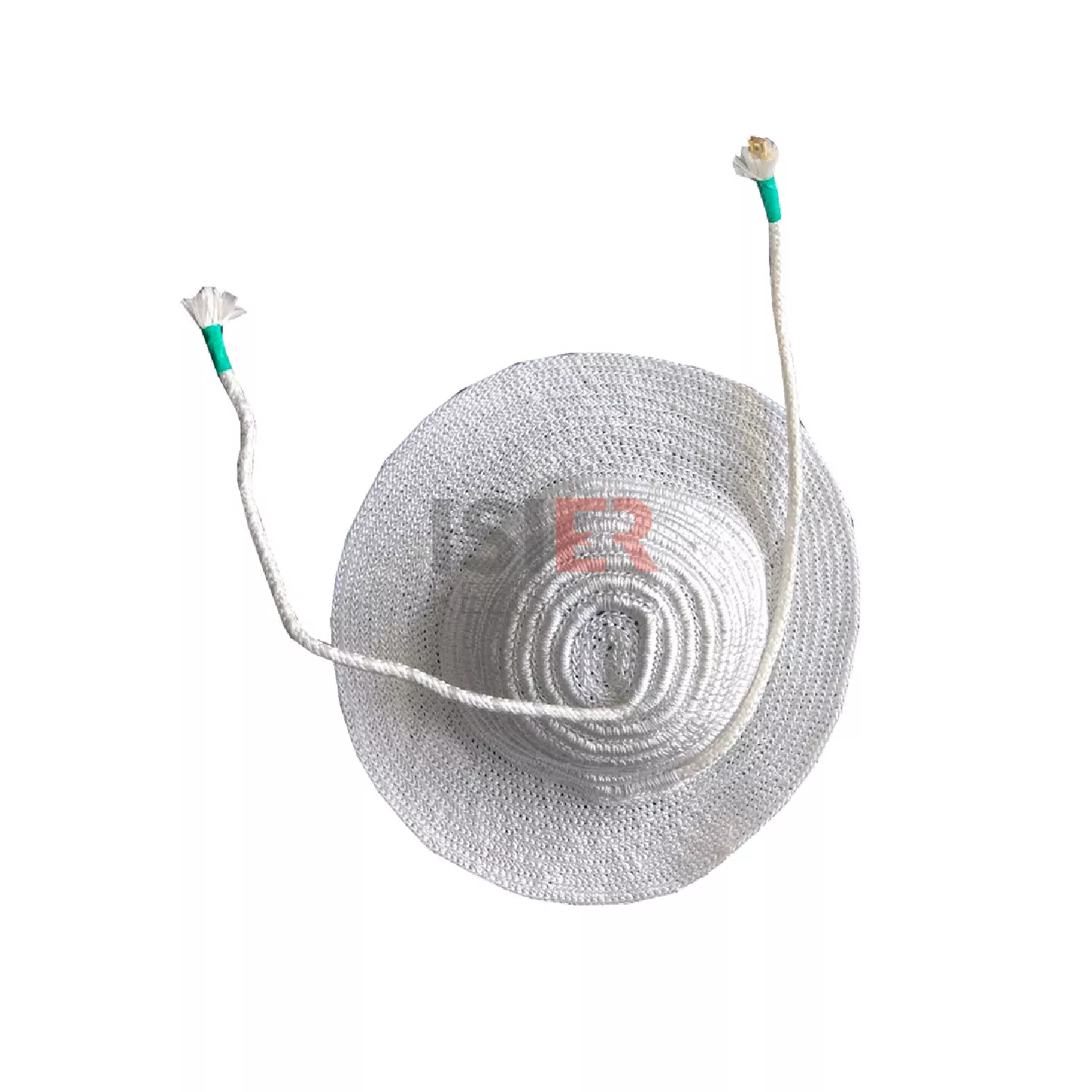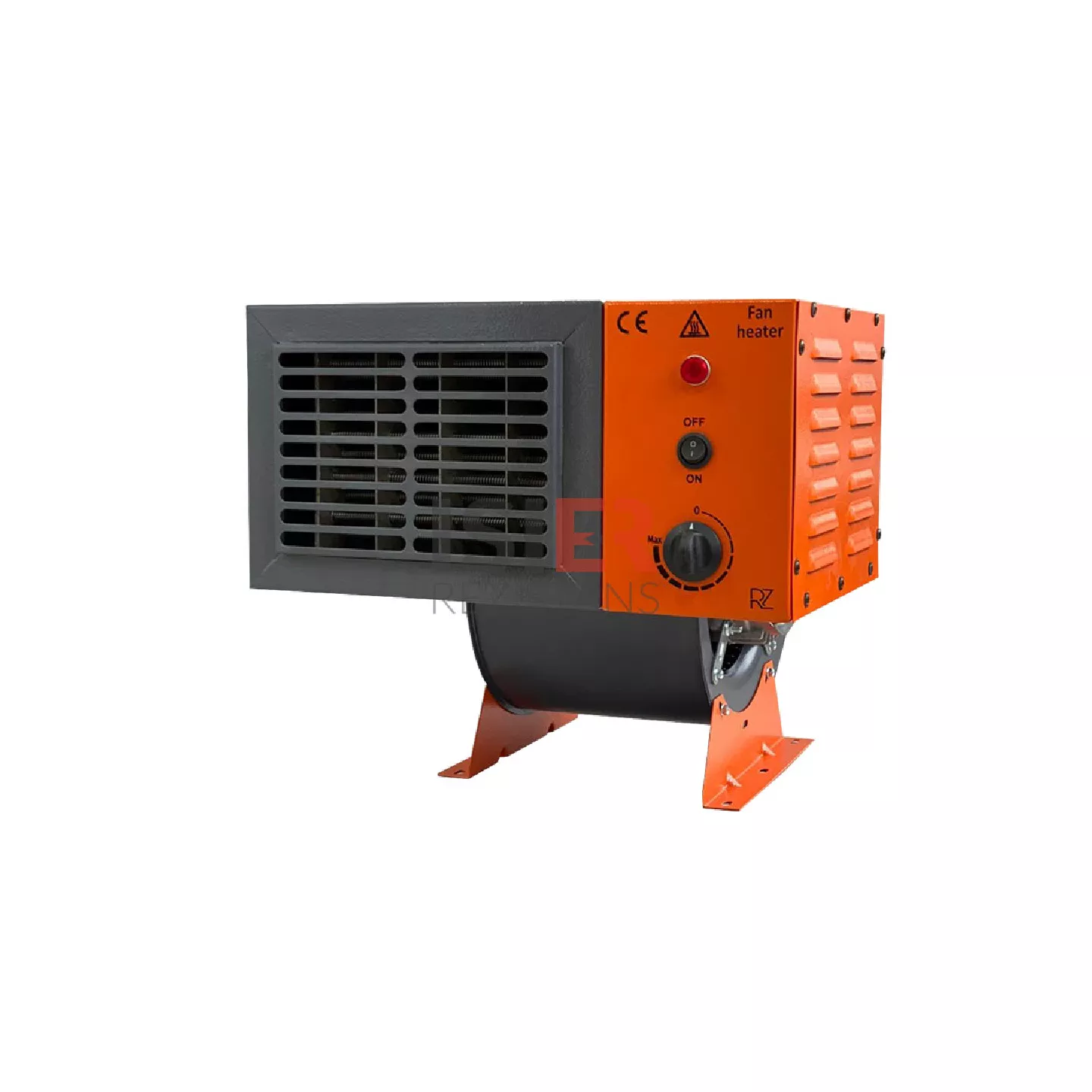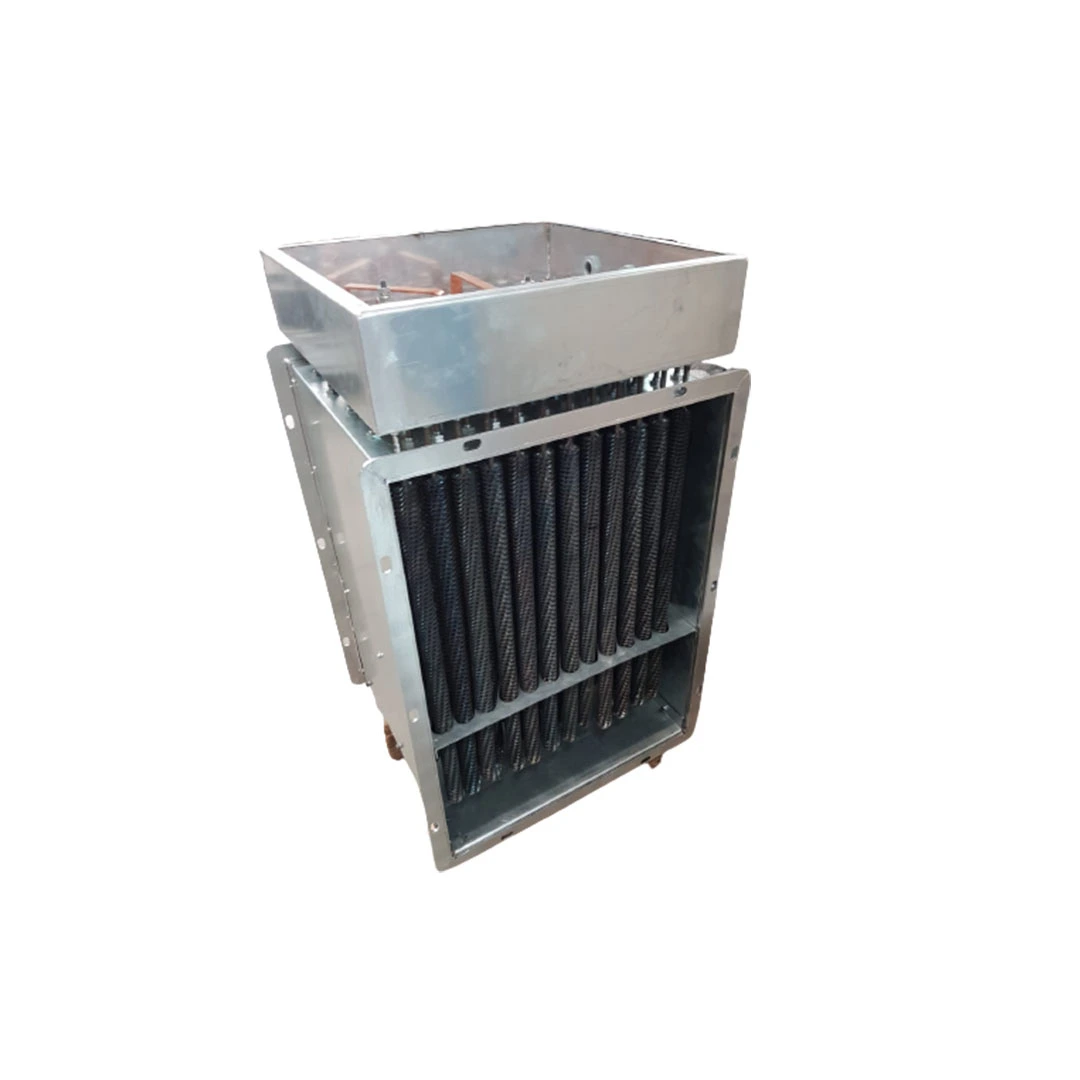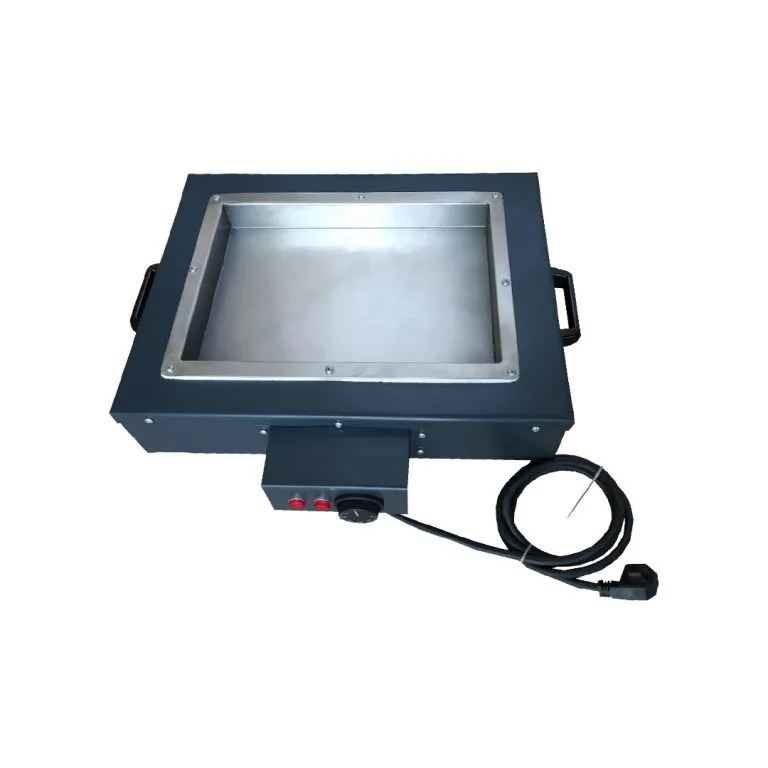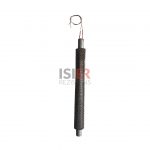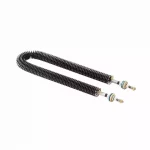Why Heating and Cooling Heaters are Used?
Heater elements are used to provide temperature control in various industrial applications, forming a critical component for situations where temperature management is crucial in industrial processes. There are several fundamental reasons for the use of heater elements:
Process Control: Heater elements play a critical role in industrial processes by providing temperature control, ensuring product quality, consistency, and process efficiency.
Material Processing and Production: Many manufacturing processes must occur at specific temperatures. Heater elements assist in managing processes such as material shaping, drying, or hardening in material processing.
Heating and Cooling Equipment: Industrial furnaces, boilers, water heaters, and cooling systems incorporate specially designed heaters. These equipments are typically used to ensure energy efficiency and precise temperature control.
Chemical Reactions: Certain chemical reactions must occur at specific temperatures. Heater elements are used in chemical processes to provide the desired temperature conditions.
Hot Water and Steam Production: Heaters used in boilers or water heaters manage the production of hot water and steam, commonly employed in industrial facilities and heating systems.
Metal Forming: Metal shaping and processing often occur at specific temperatures. Heater elements in metal processing machines provide the necessary heat for the metal to acquire desired properties.
Plastic Injection: Heater elements used in plastic injection machines provide the temperature required for melting the plastic material and making it suitable for injection.
Automotive and Electronics Manufacturing: Temperature control is critical in automotive and electronics industries, especially in soldering processes and other precise manufacturing processes. Heater elements are used in these applications.
Heating and Cooling Control Systems: Heater and cooling elements are often integrated with specialized control systems. These systems are designed to provide precise temperature control and energy efficiency.
Heater elements are essential components for situations where temperature management is critical in industrial processes. They optimize process control, increase production efficiency, and ensure product quality.
Our Products
Your Solution Partner for All Your Resistance Needs
Importance of Heating and Cooling Heaters
Heater elements play a critical role in industrial applications and offer various advantages. Here are some key reasons to understand the importance of heating and cooling heaters:
Temperature Control: Temperature control is vital for the stability of production processes and product quality in industrial settings. Heating and cooling heaters are used to maintain desired temperature conditions.
Energy Efficiency: Heater elements efficiently convert energy into heat, thereby promoting efficient energy usage. This reduces operating costs and increases energy efficiency.
Rapid Heating and Cooling: Heaters are ideal for equipment that can quickly reach a specific temperature and control temperature rapidly. This shortens process times and increases productivity.
Product Quality and Reduced Inconsistencies: Heating and cooling heaters are used to ensure product quality and reduce inconsistencies. Maintaining production at a specific temperature preserves quality standards.
Customizability: Heaters can be customized to suit different industrial applications and requirements, providing solutions tailored to various industrial needs.
Longevity and Durability: Heater elements made from quality materials are long-lasting and durable. This lowers maintenance costs and ensures smooth operation of equipment over an extended period.
Precise Temperature Control: Precise temperature control is essential in some industrial applications. Heaters minimize temperature fluctuations and maintain desired temperature levels.
Safety: Properly designed and regulated heaters are crucial for safety. They prevent situations such as overheating or cooling, ensuring the safety of workers and equipment.
Heating and cooling heaters enhance efficiency and optimize product quality in industrial processes. Therefore, appropriately selected and regulated heaters are essential for the success of businesses.
Technical Specifications of Heaters Used in Heating and Cooling Sector
The technical specifications of heaters used in the heating and cooling sector can vary depending on their usage areas and applications. However, generally, such heaters share some common technical characteristics:
Material: Heaters are typically made from heat-resistant alloys. Materials such as stainless steel, nickel-chromium alloys are commonly preferred.
Durability: Heating and cooling heaters should generally be long-lasting and durable, achieved through the use of quality materials and effective manufacturing processes.
Power Capacity: The power capacity of heaters indicates the amount of heat they can generate within a specific period. This capacity may vary depending on the intended use and application requirements.
Voltage and Current Values: The operating voltage and current values of heaters determine their electrical characteristics. These values should be selected according to the requirements of a specific application.
Temperature Tolerance: Heaters can safely operate within a certain temperature range. This range should be determined considering the application’s needs and environmental conditions.
Mounting and Connection: Heater mounting and connection should be compatible with the equipment or system they will be used with. Different mounting types and connection options may be available.
Insulation: Heating and cooling heaters are typically coated with insulation material capable of withstanding high temperatures, crucial for safety and performance.
Size and Geometry: The size and geometry of heaters may vary depending on mounting location and application requirements. Measurements such as length, width, and diameter are important.
Regulation and Control: Some heaters may have regulation and control features to maintain or adjust a specific temperature level.
Safety Standards and Approvals: Heaters should comply with specific safety standards and have necessary approvals.
These technical specifications should be considered to ensure the safe, effective, and efficient operation of heating and cooling heaters. Since each application has different requirements, accurately determining these characteristics is important when selecting heaters.
Considerations When Choosing Heating and Cooling
The selection of heating and cooling systems is a critical decision in industrial and commercial applications. Choosing the right system is crucial for energy efficiency, cost savings, and system performance. Here are some important factors to consider when selecting heating and cooling systems:
Application and Industry Requirements: Properly identifying needs helps understand the heating and cooling requirements for a particular industry or application. Each industry or application may have different requirements.
Needs Analysis: A detailed needs analysis should be conducted before selecting a system. This analysis should include equipment capacity, temperature requirements, energy efficiency, and other specific needs.
Energy Efficiency: Energy efficiency is important for long-term cost savings. Systems with high energy efficiency should be preferred.
Environmental Factors: Choosing systems with a low carbon footprint helps reduce environmental impact.
Cost Analysis: Considering installation, maintenance, and operating costs, long-term economic solutions should be taken into account.
System Integration: The selected system should be compatible with existing piping and equipment. This is important for system efficiency and compatibility.
System Reliability: Selecting a reliable system is important for business continuity. Reliable systems are critical for production continuity.
Ease of Maintenance: The selected system should be easily accessible for regular maintenance and repair operations. Ease of maintenance ensures long-term system performance.
Regulation and Control: A good heating and cooling system should effectively control temperature, pressure, and other parameters.
Spare Parts and Service Support: Providing adequate spare parts and service support helps quickly resolve system failures.
Legal and Safety Standards: Compliance with relevant legal and safety standards ensures that business processes are conducted in accordance with the law.
Considering these factors in the selection of heating and cooling systems can help ensure system performance, energy efficiency, and long-term cost savings.



